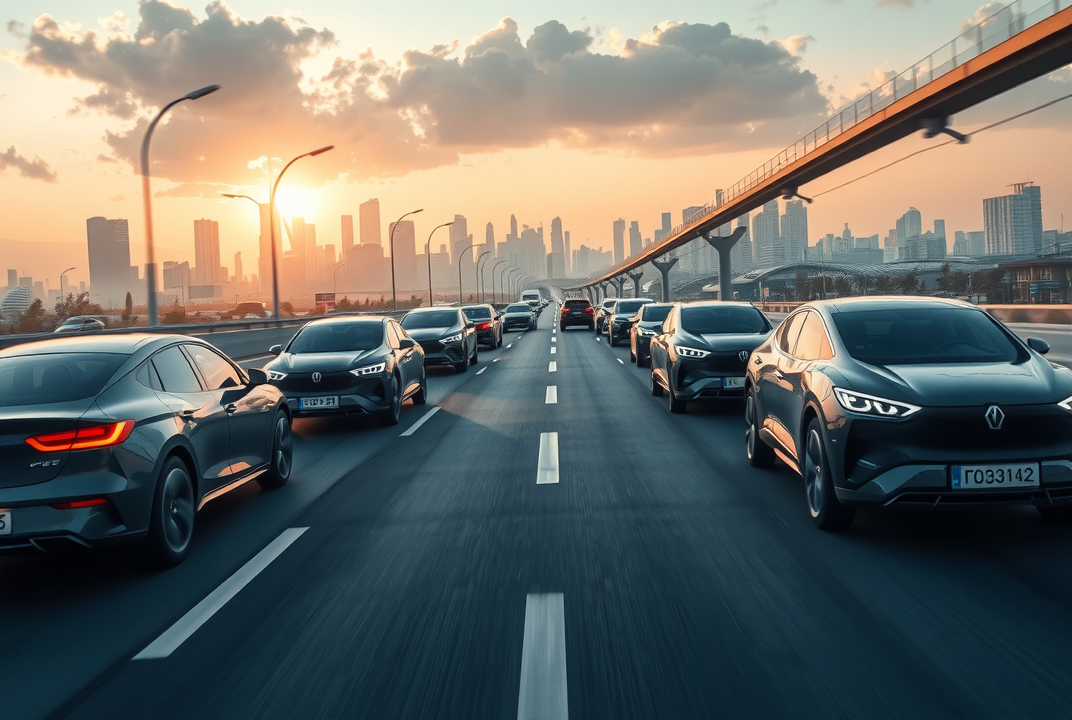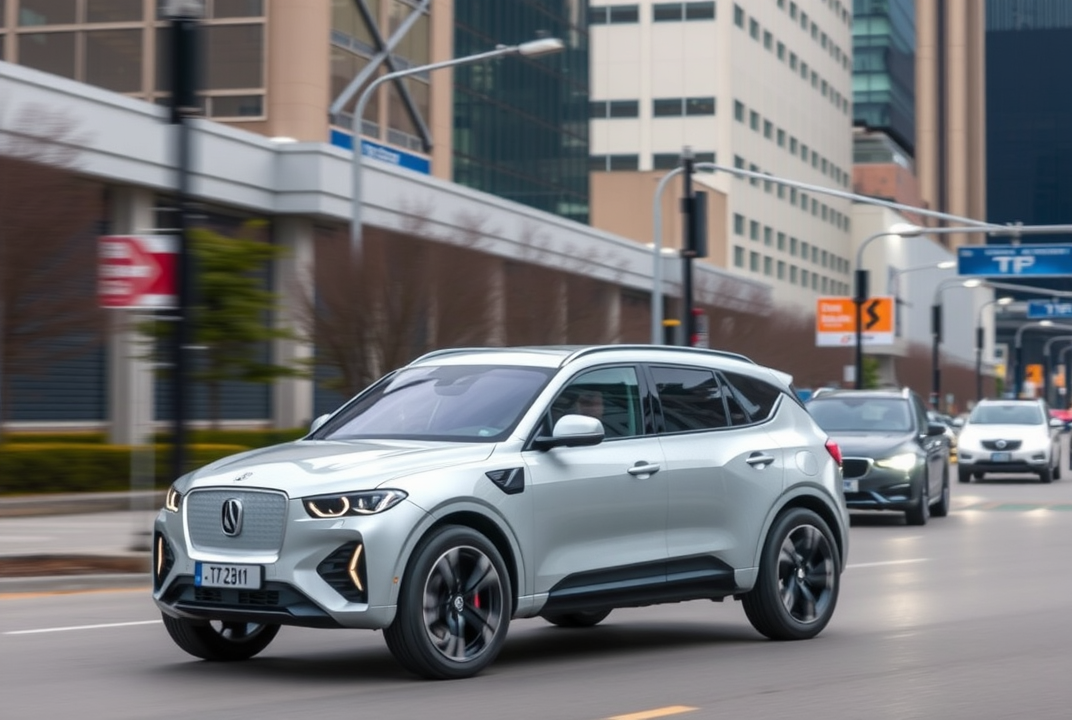AI and Autonomous Vehicles: What to Expect in the Future

Introduction
Did you know that autonomous vehicles could reduce road traffic deaths by 90%? With technology rapidly advancing, the potential of AI to transform transportation is immense. This article explores the current state of AI in autonomous vehicles and predicts the trends that will shape the roads of tomorrow.
In the following sections, we will discuss the role of AI in making autonomous vehicles smarter and safer, delve into the implications for society and the economy, and present the challenges that lie ahead.
The Role of AI in Autonomous Vehicles
How AI is Integrated into Autonomous Vehicles
-
Perception Systems: Autonomous vehicles rely on AI-driven perception systems to interpret the environment. These systems use sensors like cameras, lidar, and radar to create a comprehensive understanding of the vehicle’s surroundings.
-
Decision-making Algorithms: AI processes data from perception systems to make real-time driving decisions. Machine learning models are trained to handle various driving conditions, ensuring safety and efficiency.
-
Control Systems: AI plays a crucial role in the control mechanisms of vehicles, managing steering, acceleration, and braking to execute driving plans effectively.

AI-Driven Safety Enhancements
Autonomous vehicles employ AI to enhance safety through:
-
Obstacle Detection: AI algorithms detect pedestrians, cyclists, and obstacles with high accuracy, reducing the likelihood of accidents.
-
Traffic Signal Recognition: Recognizing and responding to traffic signals accurately is essential for safe navigation.
-
Predictive Maintenance: AI systems predict vehicle malfunctions before they occur, reducing downtime and increasing vehicle lifespan.
Societal and Economic Impacts
Transportation Efficiency and Environmental Benefits
-
AI in autonomous vehicles can lead to significant improvements in traffic flow, reducing congestion and emissions.
-
Electric autonomous vehicles offer the dual benefit of sustainable energy use and reduced operational costs.
Job Market Transformation
-
While AI creates efficiencies, it also poses risks to jobs, particularly in driving professions. However, it creates demand for new roles in AI development and vehicle maintenance.
Balancing technology advancements with workforce dynamics will be crucial.
Challenges and Concerns
Technical and Ethical Issues
-
Data Privacy: Vehicles collect massive amounts of data, raising privacy concerns.
-
Algorithm Bias: Ensuring fairness and transparency in AI algorithms remains a challenge.
-
Safety in Mixed Traffic: Integrating autonomous vehicles with non-autonomous ones requires careful planning.

Regulatory Hurdles
-
Governments are yet to establish comprehensive regulations for autonomous vehicles.
-
An international consensus on safety and operational standards is essential.
Conclusion
AI and autonomous vehicles hold the promise of a safer and more efficient transportation future. While technological advancements continue to progress, addressing societal, ethical, and regulatory challenges will be key. As these vehicles become more prevalent, governments, businesses, and the public must collaborate to ensure positive impacts.
Get ready for a significant shift in how we navigate our world, one where AI leads the way.